If somebody asks you about what you did this past weekend, you’d probably tell them you did your homework, watched TV and spent some extra time with your friends at the mall or the movies. You didn’t do anything special and nothing out of the ordinary happened; it was just the usual with a whole lot of extra time. Well, my family and I went to the Holocaust Museum with my grandmother. This probably doesn’t mean anything to you, unless you know exactly who my grandmother is. My grandmother, who we refer to as Oma, (which means grandmother in German) grew up in Czechoslovakia in Eastern Europe as a Jewish child. The Holocaust started in the 1940’s when she was only thirteen and she found herself in the midst of it.
I’d always known that she was a Terezianstadt concentration camp survivor, but being at the Holocaust museum with her put it in a totally different perspective. I’d been there multiple times for class field trips, history projects and group tours, but this was only her first time. She didn’t need a tour guide, and she didn’t even need to read the captions posted on the museum exhibit walls. She could just glance at a picture and tell you exactly what was going on, read another language and translate it, because she was there. She had stories, and memories and all we could do was listen.
Terezianstadt was a show camp and an old fortification of the Austria-Hungarian empire. It had been mostly occupied by military of about 10,000. Those were moved out so that the Nazi’s could cram over 70,000 Jews into the fortification, which made it incredibly overcrowded. The Jews were separated by age and gender, would sleep about 25 to a room and would work all day. She dealt with lice and bedbugs while people died of starvation and disease all around her. Her camp didn’t have a gas chamber, but they would transport Jews to camps that did. After waiting in long lines, they were served coffee in the morning, soup and maybe a potato for dinner. While Oma and her mother were in Terezianstadt, her twin brother and father “went through hell” in Auswitz. Luckily they all survived three long years of pain and were reunited after the Russian liberation.
Oma told me how lucky she was, how all four of her family members survived and how, even though she survived, she was hungry and had been through the worst.
At the museum, we passed a section dedicated to the concentration camp she lived in; she recognized photos and could pick out artists she knew in galleries full of paintings.
Although the museum brought back nothing but awful memories, Oma talked about how every simple thing sparked a memory to the past. She thought the exhibit was “very effective” and thought “everyone should see it because you can’t even imagine the horror that humans could do that to other humans.” She thought it was very well done and “if somebody doesn’t learn a lesson from that they’ll never understand.”



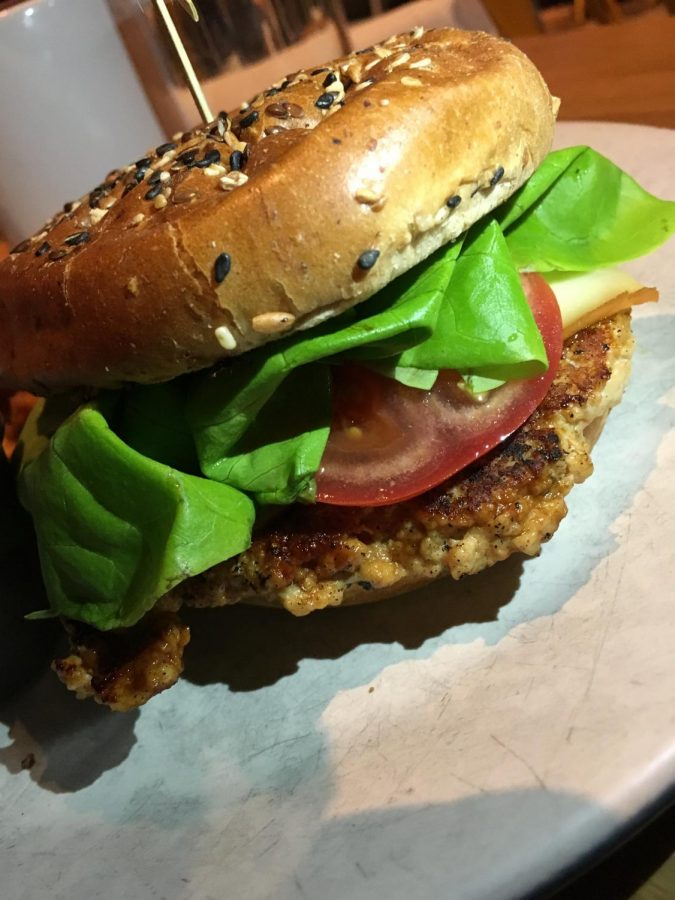
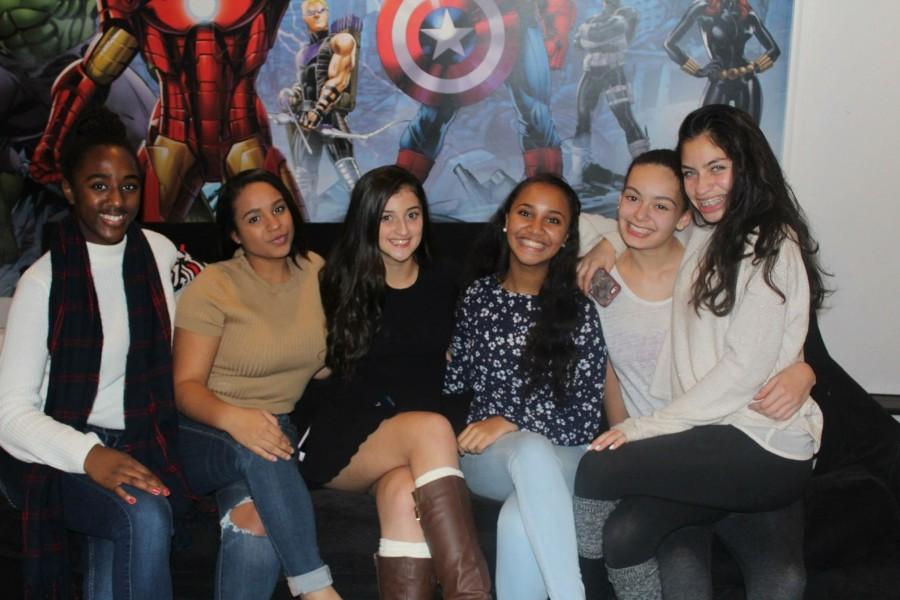

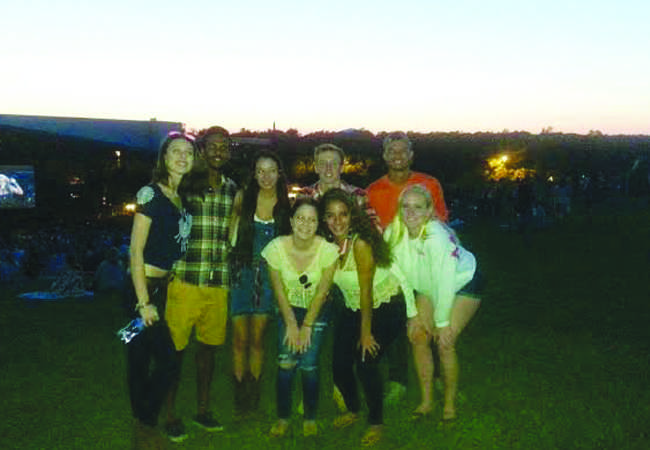
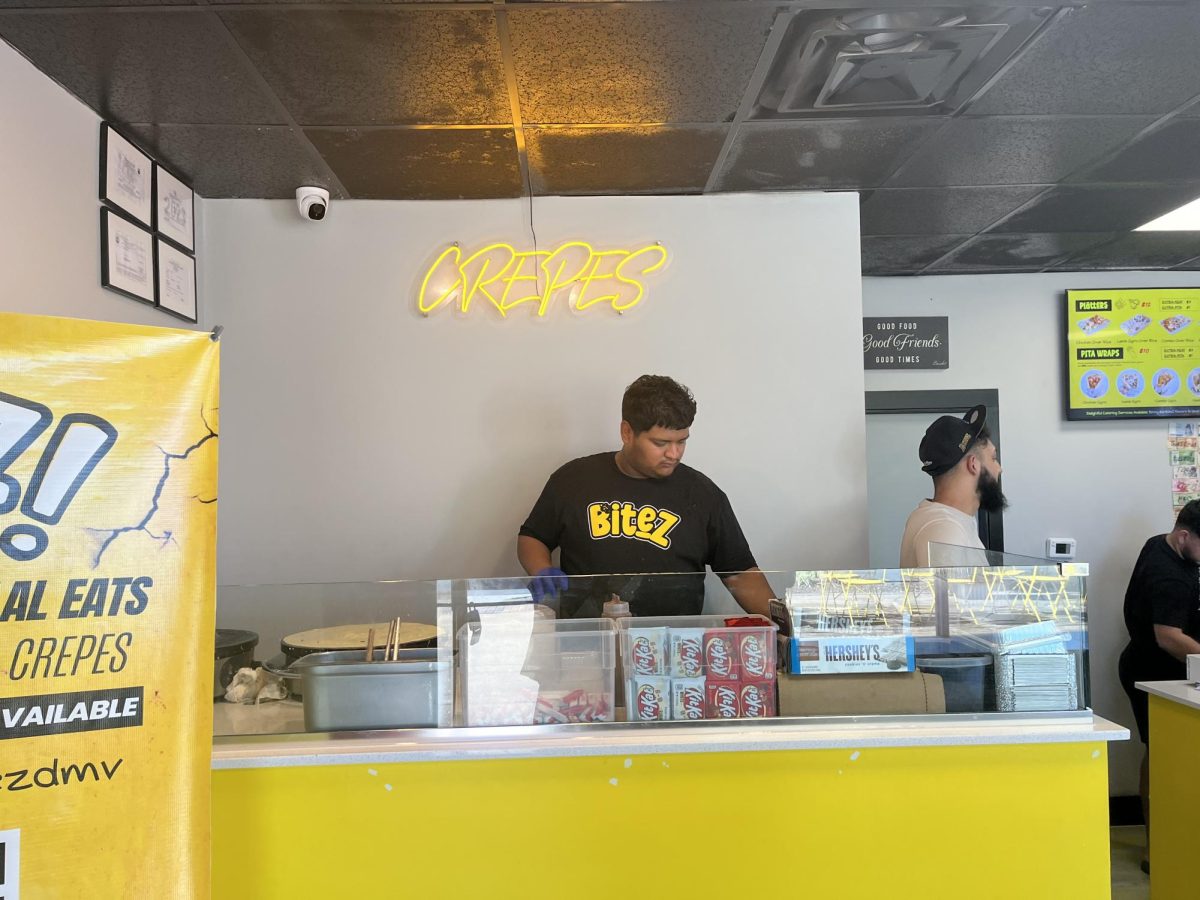
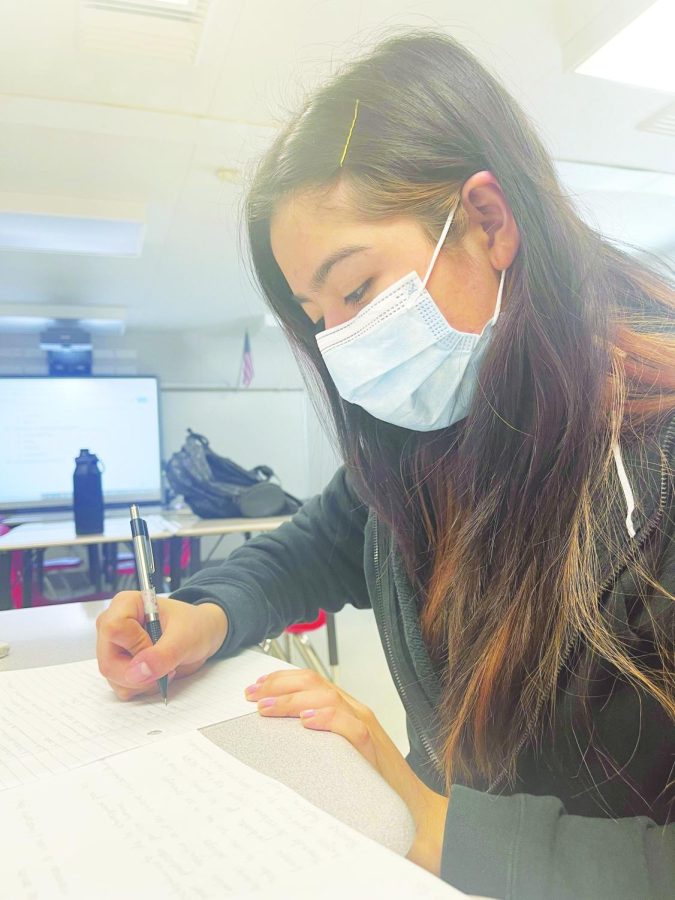
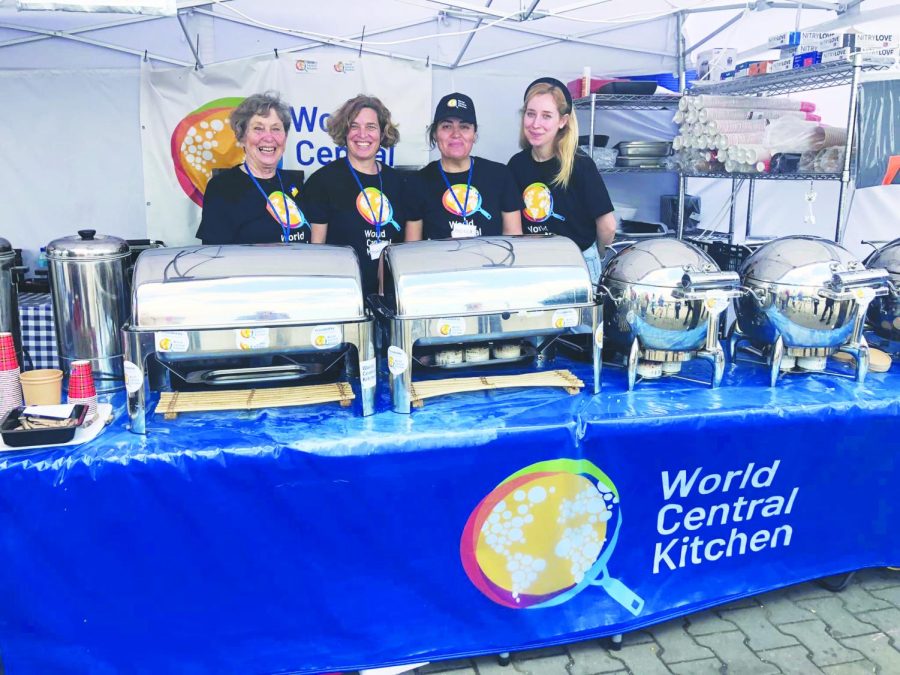
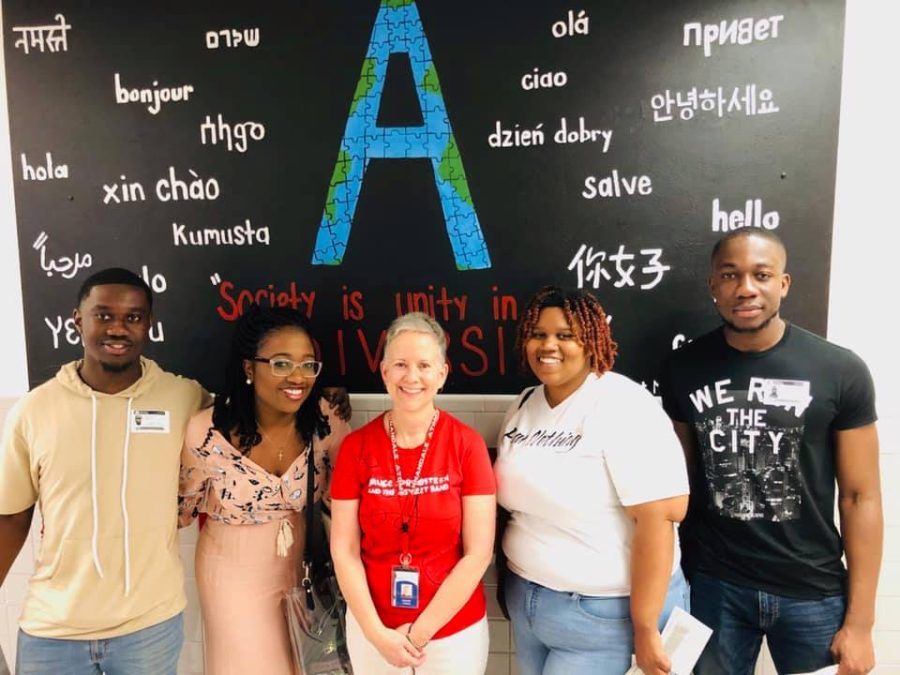
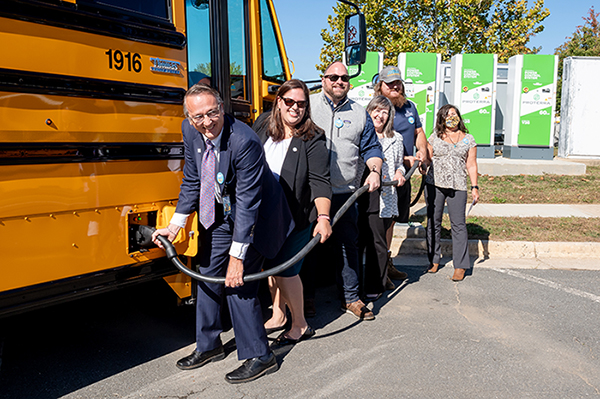
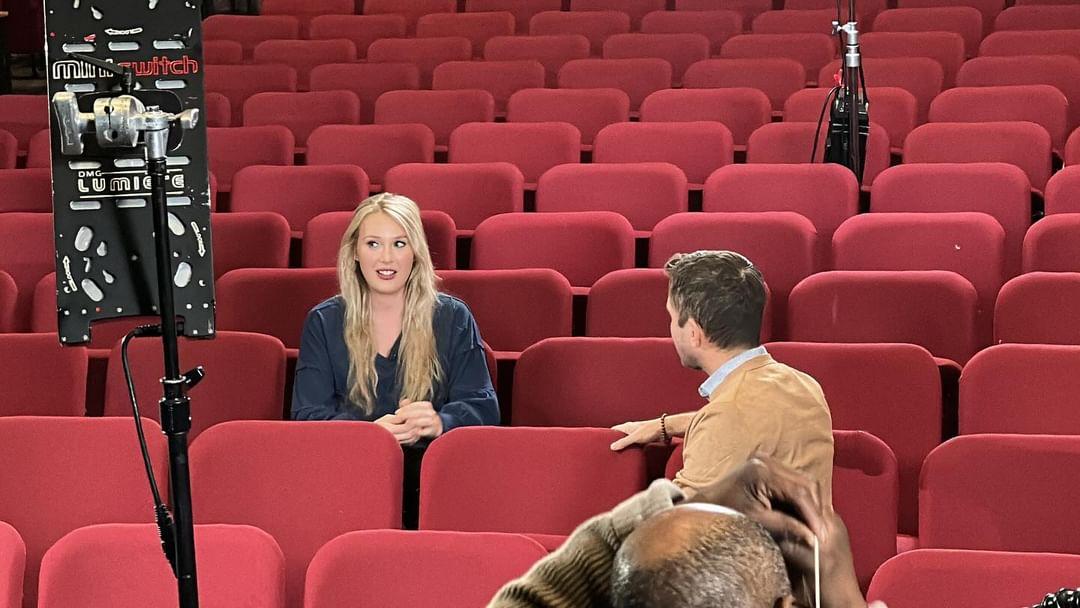

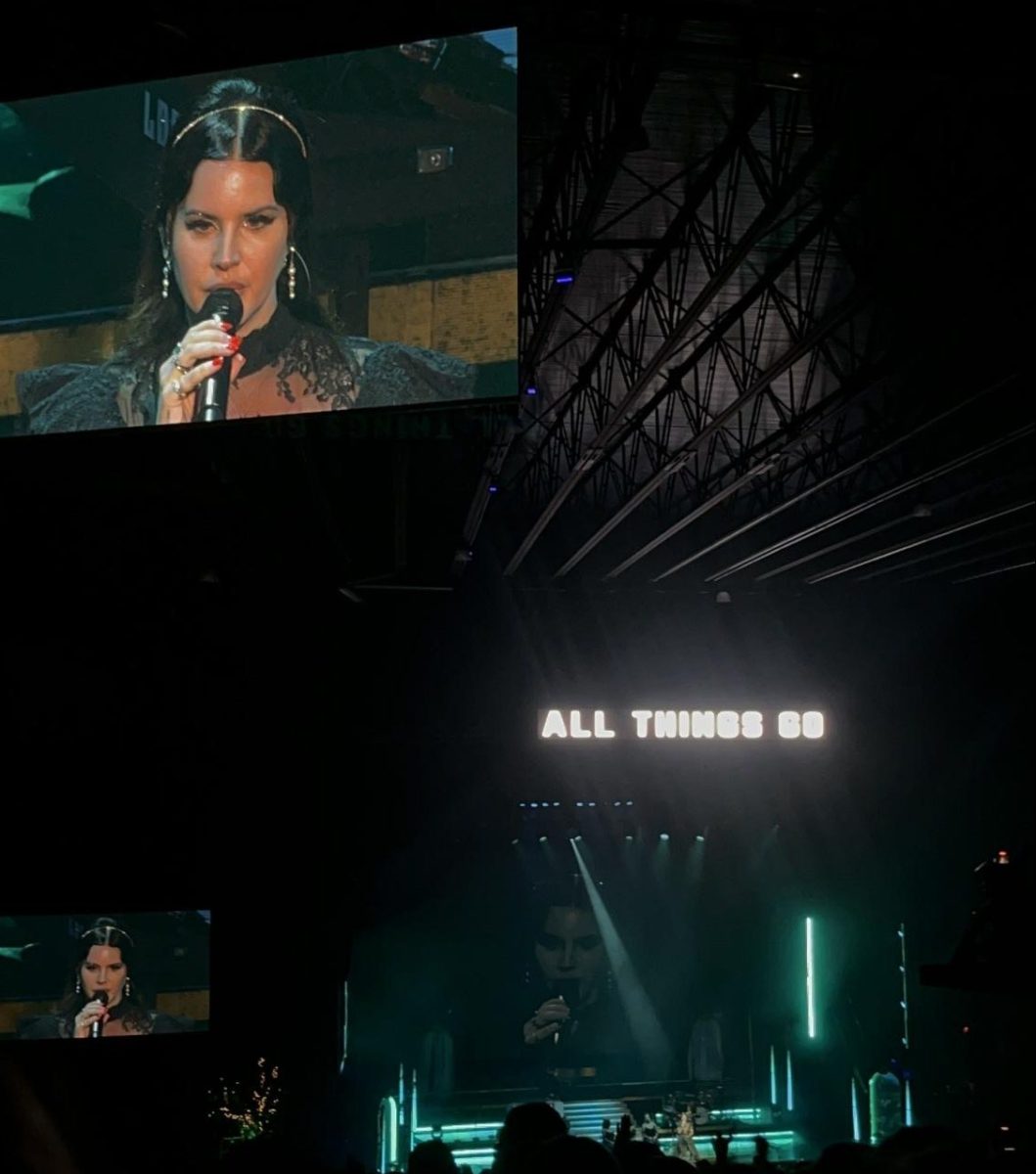
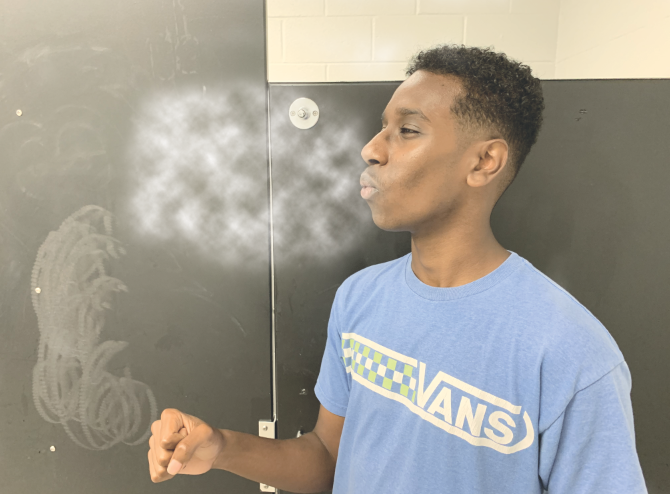
Erin J. • Dec 1, 2010 at 11:41 am
Such an interesting perspective.
Erin • Dec 1, 2010 at 11:30 am
Wow, what an interesting perspective.